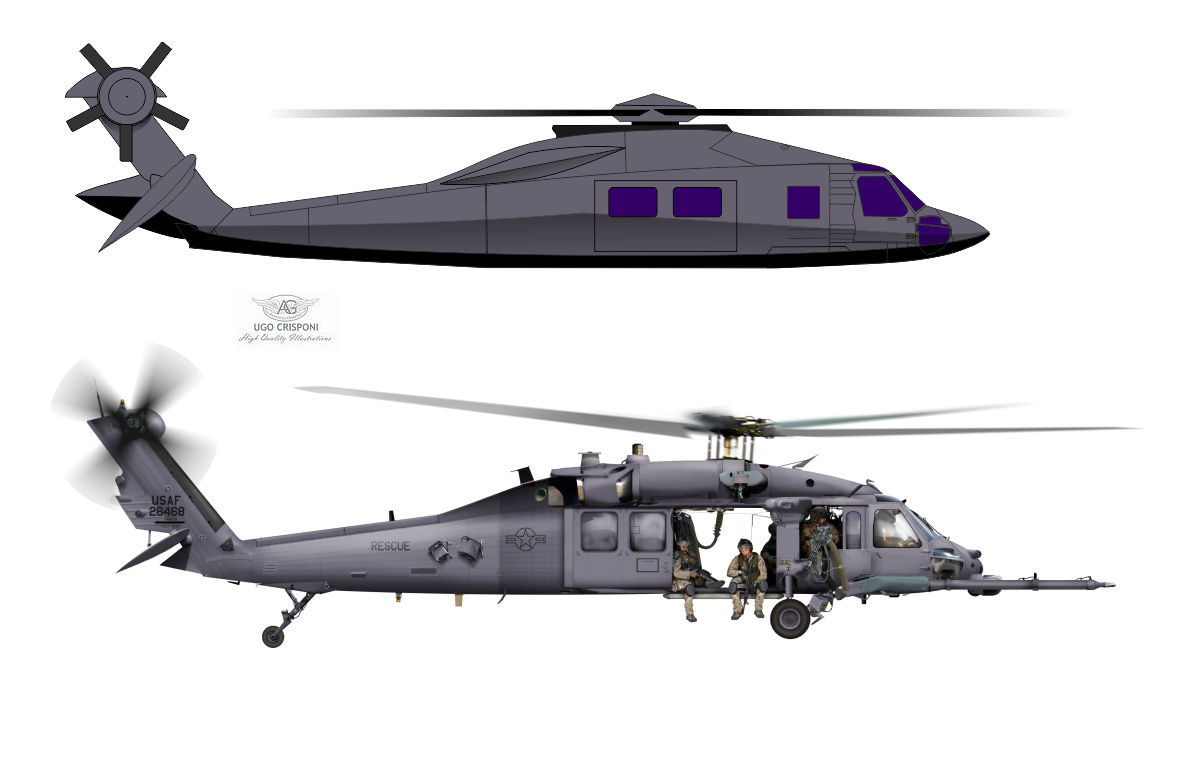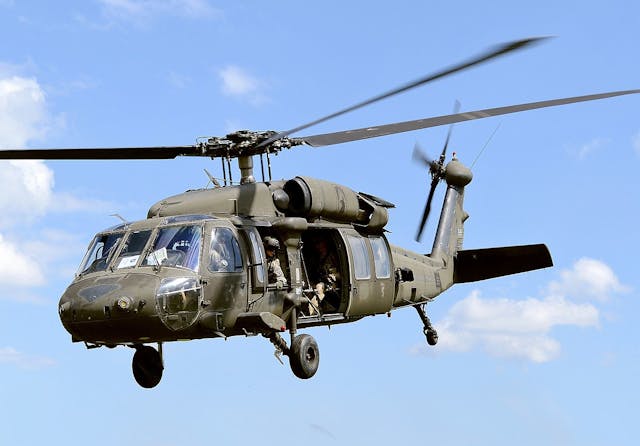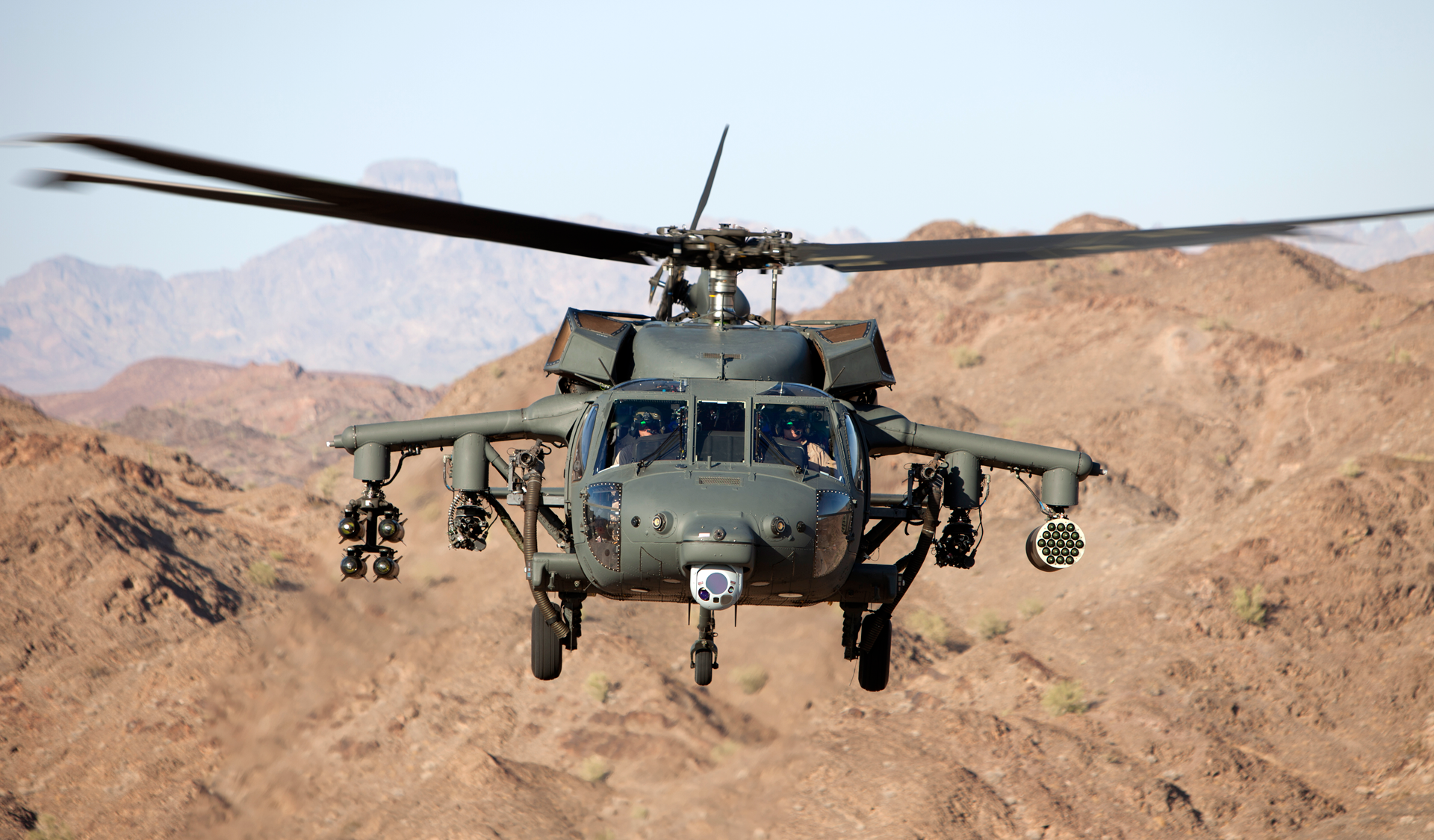Just How the Blackhawk Helicopter Came To Be a Symbol of Armed Forces Strength and Flexibility
Just How the Blackhawk Helicopter Came To Be a Symbol of Armed Forces Strength and Flexibility
Blog Article
Revealing the Power and Flexibility of the Blackhawk Helicopter
The Blackhawk helicopter stands as a testament to engineering excellence and military technology, substantially forming the landscape of modern-day aerial operations. Initially developed in the late 1960s, this dual-engine airplane has actually progressed right into a complex system capable of carrying out a variety of goals, from tactical army deployments to immediate medical emptyings. Its design incorporates cutting-edge modern technology and products, boosting both performance and survivability. As we discover its history and operational abilities, one should think about how the Blackhawk remains to influence contemporary combat approaches and altruistic efforts alike. What does this mean for the future of army air travel?
History of the Blackhawk
The history of the Blackhawk helicopter is noted by substantial technical developments and a strategic development in army air travel. Developed in the late 1960s by Sikorsky Airplane, the UH-60 Blackhawk was initially developed to change the older UH-1 Iroquois, commonly referred to as the "Huey." The Blackhawk's first trip happened in 1974, and it was formally presented to the U.S. Army in 1979.


This airplane was made to satisfy the demanding demands of contemporary warfare, concentrating on rate, versatility, and resilience (Blackhawk Helicopter). Its ability to run in numerous atmospheres, combined with innovative avionics and style functions, promptly developed the Blackhawk as a crucial asset for armed forces operations worldwide
Throughout the 1980s and 1990s, the Blackhawk saw considerable use in different problems, consisting of the Gulf Battle and humanitarian goals. The helicopter's adaptability allowed it to serve numerous functions, from army transportation to medevac and logistical support. As technology advanced, so did the Blackhawk, leading to many variations that provided to certain mission demands. Today, the Blackhawk remains a famous icon of military air travel, continuously refined to satisfy modern difficulties.
Secret Features and Requirements
Blackhawk helicopters are renowned for their engineering excellence and operational flexibility, flaunting a variety of key functions and requirements that enhance their effectiveness in various armed forces duties. Among one of the most significant features is their dual-engine setup, usually powered by the T700-GE-701C engines, which offer remarkable integrity and performance. The helicopter has a maximum cruise ship speed of around 150 knots and a service ceiling of approximately 20,000 feet, allowing it to run efficiently in diverse atmospheres.
The Blackhawk's airframe is constructed from sophisticated composite products and aluminum alloys, making certain a durable framework while decreasing weight. It includes a fully articulated rotor system that supplies exceptional dexterity and stability. The helicopter can accommodate up to 11 fight troops or bring approximately 8,000 pounds of external freight, making it highly versatile for numerous missions.
In Addition, the Blackhawk is furnished with innovative avionics and communication systems, boosting situational recognition and mission control. Its capacity to run in adverse weather condition problems, integrated with its low acoustic signature, makes it a stealthy option for tactical operations. Generally, these attributes add to the Blackhawk's online reputation as a cornerstone of contemporary army air travel.
Versatile Operational Duties
Prominent for their design excellence and progressed capabilities, Blackhawk helicopters offer a multitude of functional functions within military structures. Originally designed for army transport, their versatility has actually expanded, permitting them to perform different objectives efficiently.
One of the main functions of the Blackhawk is as an utility helicopter, assisting in logistical assistance by moving workers and supplies to and from remote areas. In addition, they master clinical evacuation (MEDEVAC) operations, furnished with sophisticated clinical devices and employees to provide critical treatment in the field.
In battle situations, Blackhawks can operate as armed companion systems, sustaining ground pressures by engaging enemy assets while guaranteeing troop safety. Their capacity for special procedures makes them indispensable; they can carry out reconnaissance objectives, employees recovery, and direct activity raids, commonly in high-threat atmospheres.
In Addition, the Blackhawk's adaptability enables it to support altruistic missions and catastrophe feedback initiatives, delivering aid and crucial services in times of situation. This wide check it out range of functional roles shows the Blackhawk helicopter's unmatched adaptability, reaffirming its condition as an essential possession in contemporary military procedures worldwide.
Technical Technologies
Numerous technological technologies contribute to the Blackhawk helicopter's phenomenal performance and versatility in diverse functional settings. Among the most significant improvements is its composite rotor blades, which boost lift and maneuverability while minimizing weight and upkeep requirements. The rotor system uses sophisticated materials that bolster durability and resist environmental deterioration, making sure dependable procedure in severe conditions.
In Addition, the Blackhawk is equipped with a modern avionics collection that integrates advanced navigating and communication systems - Blackhawk Helicopter. This consists of GPS, radar, and multi-function displays that help with real-time situational awareness for pilots, contributing to objective success under tough situations
Furthermore, the helicopter's fly-by-wire control system enables exact handling and enhanced responsiveness, giving pilots with enhanced control during facility maneuvers. The consolidation of sophisticated engine modern technology, such as the T700-GE-701C engine, more enhances performance, using raised power output and gas efficiency.
Finally, modular layout concepts make it possible for quick reconfiguration for numerous objectives, from troop transportation to clinical emptying, making the Blackhawk a flexible asset in humanitarian and armed forces procedures. These technological developments collectively make sure that the Blackhawk stays a formidable existence in the skies.
Influence On Modern War

Outfitted with innovative avionics and communication systems, the Blackhawk allows smooth control among ground and air units, making certain timely and accurate action to dynamic fight circumstances. Its convenience enables quick address implementation in diverse atmospheres, from city settings to tough terrains, showing the complex nature of contemporary warfare.
Furthermore, the Blackhawk's remarkable rate and dexterity promote quick insertion and extraction of personnel, lessening exposure to enemy fire. Its capacity to operate in aggressive problems, paired with advanced defensive procedures, enhances survivability and objective success rates.
As modern disputes progressively count on joint procedures and fast feedback, the Blackhawk helicopter continues to be at the leading edge of army approach, embodying the evolution of air flexibility and the essential role of air power in achieving tactical goals. Its effect on contemporary warfare proceeds to redefine the abilities of armed forces internationally.

Verdict
In learn this here now conclusion, the Blackhawk helicopter exemplifies the junction of advanced design and functional convenience, strengthening its condition as a foundation of modern-day army air travel. Its historic value, amazing attributes, and adaptability across different mission accounts underscore its essential duty in contemporary war. As technological technologies continue to improve its capabilities, the Blackhawk continues to be a vital property for militaries internationally, demonstrating unequaled efficiency in both combat and altruistic procedures.
The Blackhawk helicopter stands as a testimony to design quality and armed forces development, significantly forming the landscape of modern aerial procedures.The background of the Blackhawk helicopter is noted by considerable technological improvements and a calculated advancement in armed forces aviation.Blackhawk helicopters are renowned for their engineering quality and functional adaptability, boasting a range of key features and specifications that boost their efficiency in different military duties.Numerous technological developments add to the Blackhawk helicopter's remarkable performance and versatility in diverse operational environments.In final thought, the Blackhawk helicopter exemplifies the junction of advanced engineering and functional convenience, solidifying its standing as a keystone of modern army aeronautics.
Report this page